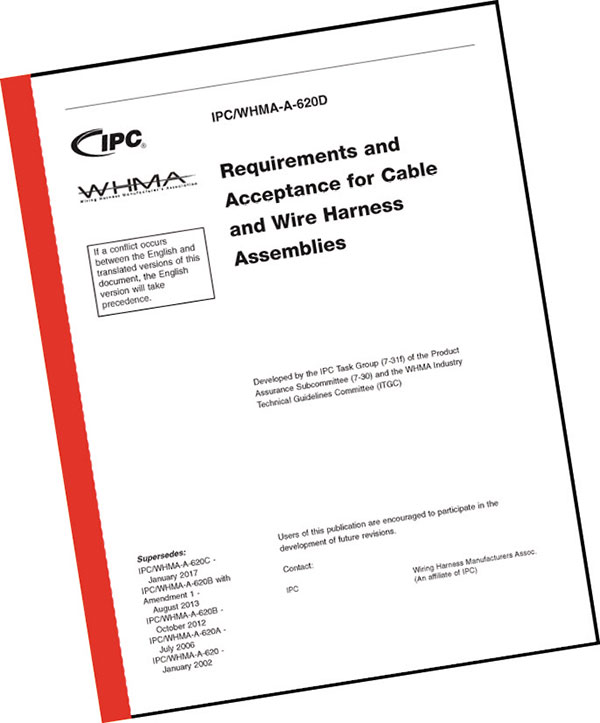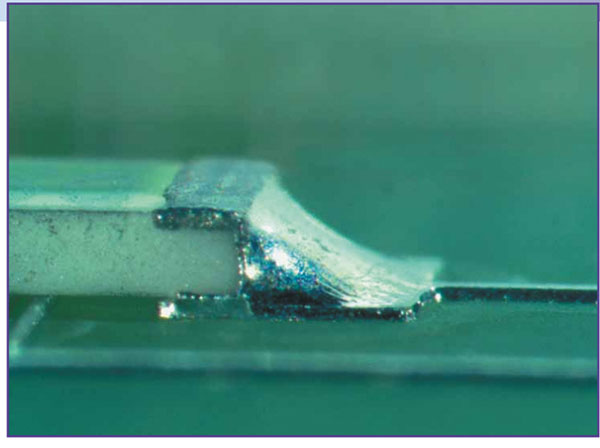The Death of the ‘Target Condition’
IPC workmanship standards are getting a definition revamp.
IPC workmanship standards are used throughout the industry, in particular by OEMs and EMS companies as a way to ensure all those involved in producing printed circuit assemblies agree on what’s acceptable and what’s not.
For decades, the standards called for every solder joint on an electronics assembly to be classified as one of four categories:
- Target condition. A condition that is close to perfect/preferred. However, it is a desirable condition and not always achievable and may not be necessary to ensure reliability of the assembly in its service environment.
- Acceptable condition. Indicates a condition that, while not necessarily perfect, will maintain the integrity and reliability of the assembly in its service environment.
- Defect condition. A condition that may be insufficient to ensure the form, fit, or function of the assembly in its end-use environment. Defect conditions shall be dispositioned by the manufacturer based on design, service, and customer requirements. Disposition may be to rework, repair, scrap, or use as is. Repair or use as is may require customer concurrence. (A defect for Class 1 automatically implies a defect for Class 2 and 3. A defect for Class 2 implies a defect for Class 3.)
- Process indicator condition. A condition and not a defect. The characteristic of the assembly does not affect the form, fit or function of the assembly.
Given that target condition is defined as “close to perfect,” thousands of operators and quality assurance personnel through the years have naturally strived to meet this ideal.

Figure 1. Changes to the longstanding definition for target condition started with the wire harness standard and were later adopted for PCB qualification criteria.
The result, however, is sometimes deleterious to the actual reliability of the assembly. Why?
In practice, what happens is the inspector questions whether the solder joint meets “target” and takes actions to ensure it meets those criteria. Such actions may include reworking product to the target condition.
In many cases, the rework was performed for aesthetic purposes – in short, the changes were cosmetic in nature but not undertaken to improve the performance of the product.
That’s where Murphy’s Law would kick in. Not only was the attempt costing time and money, the reworked product, having undergone an additional thermal excursion, was potentially rendered less reliable.
The first standard to change was the IPC/WHMA-A-620, Requirements and Acceptance for Cable and Wire Harness Assemblies. The authoring IPC Task Group (7-31f) revamped the qualification criteria into three categories:
Acceptable. Indicates a condition that, while not necessarily perfect, will maintain the integrity and reliability of the assembly in its service environment.
Defect. Indicates a condition that fails to meet the acceptance criteria of this document or negatively affects the form, fit or function of the assembly in its end-use environment. The manufacturer shall document and disposition each defect.
Process indicator. A condition (not a defect) that identifies a characteristic that does not affect the “form, fit or function or reliability” of a product.

Figure 2. The “target condition” has morphed into “acceptable.”
In many cases, where a “target” condition was not covered under the “acceptable” criteria, the target condition was modified to be an acceptable condition. That said, sometimes the “target” is no longer acceptable, although in some places it should be.
The same change, for the same reasons, has been made to IPC-A-610H, Acceptability of Electronic Assemblies. Now it looks like “target condition” will be removed from IPC-A-600, Acceptability of Printed Circuit Boards. The rewritten criteria will meet the requirements of form, fit or function.
In short: If it’s good, it’s good, so leave it alone. •
is vice president and technical director of EPTAC Corp., and a member of the IPC Raymond E. Prichard Hall of Fame Award for his contributions to the electronics industry; leo@eptac.com.







